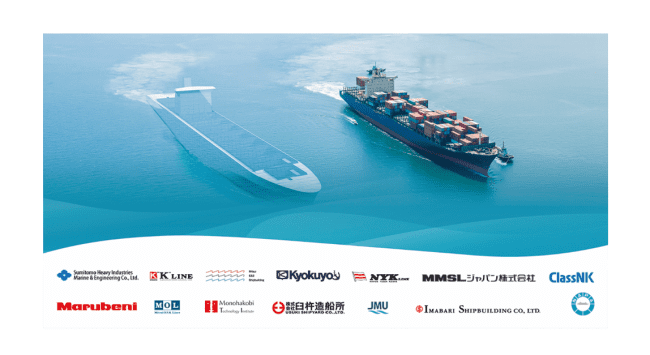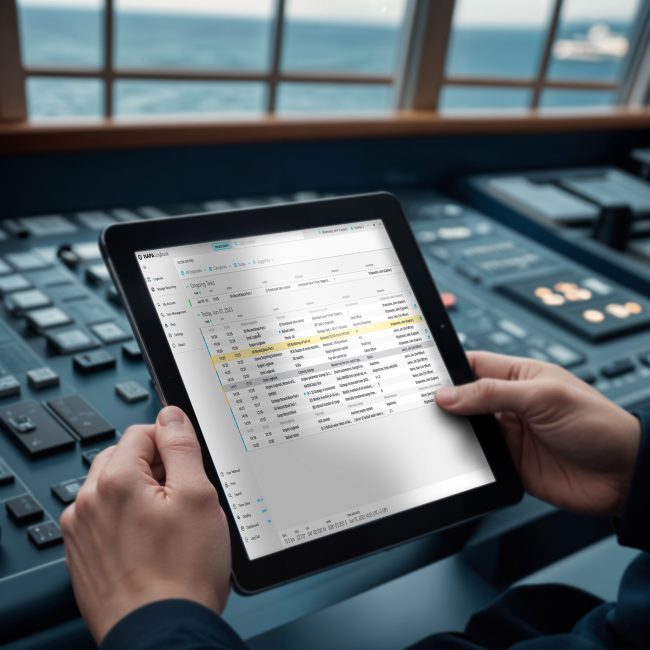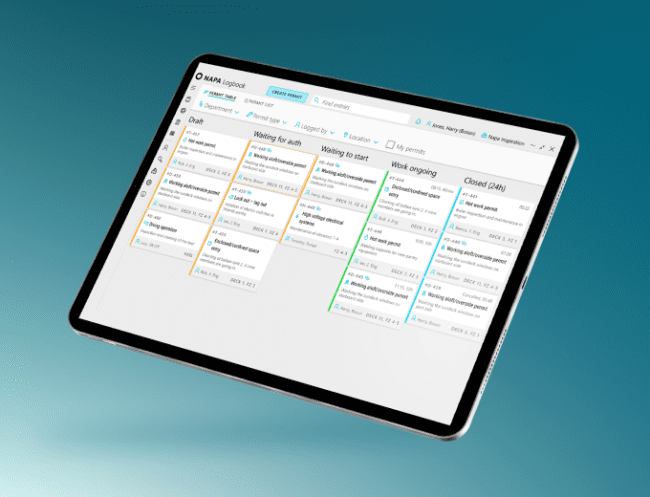Global shipping experts gather to solve industry challenges and map out future opportunities
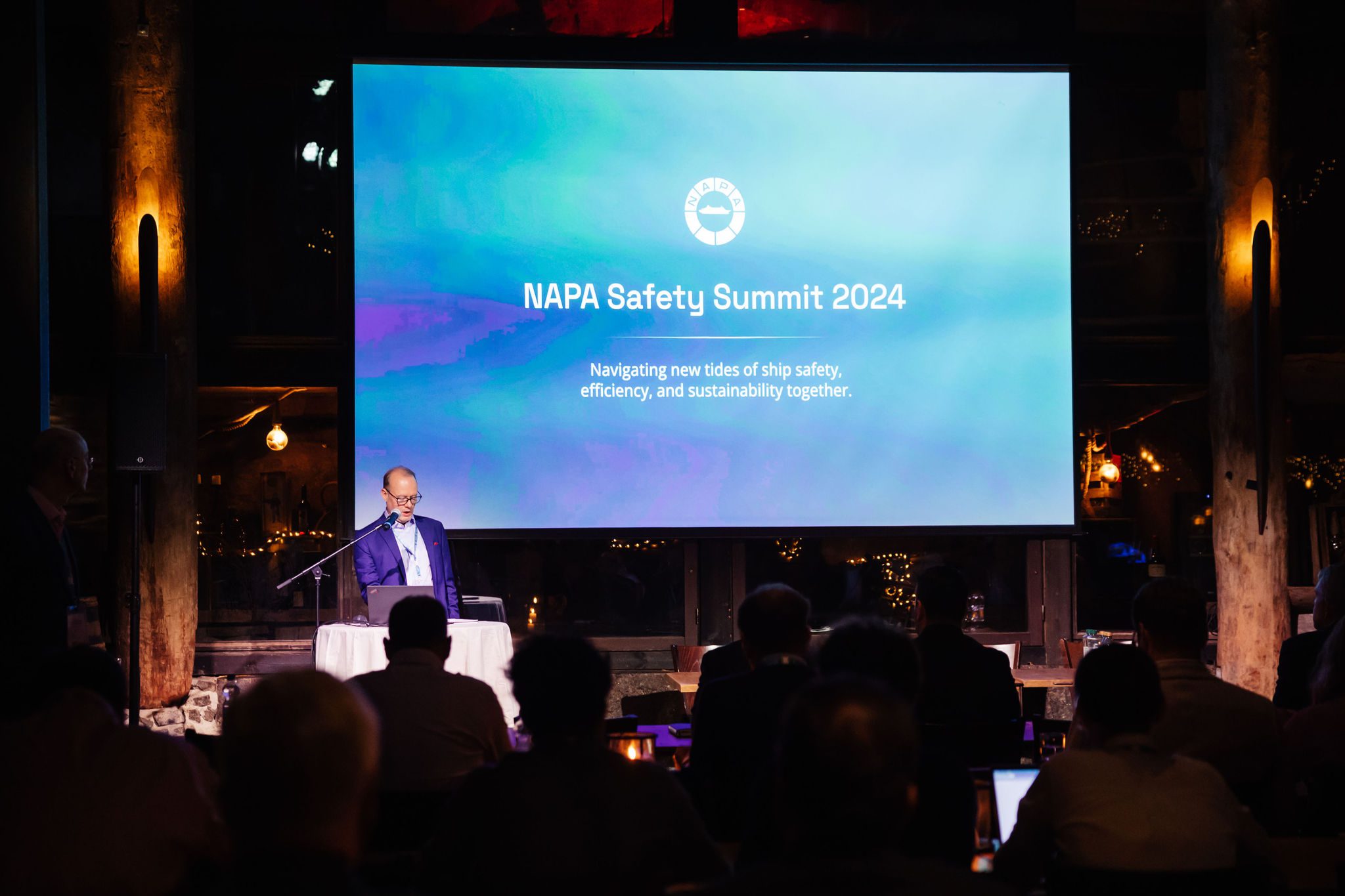
NAPA Safety Summit 2024 © NAPA
Representatives from world’s leading cruise and passenger ship companies and other maritime organizations, industry regulatory authorities and stakeholders gathered in mid-June in Saimaa for the NAPA Safety Summit collaboration forum organized by maritime software and data services provider, NAPA. The summit acted as a platform to share experiences, discuss challenges and opportunities related to ship safety, efficiency and sustainable development of the industry.
International and national work for safe, efficient and sustainable shipping
In the opening speech of the event, Minna Kivimäki, Permanent Secretary at the Ministry of Transport and Communications, Finland, highlighted four major themes that shape the global shipping industry now and in the future and shared a unique Finnish perspective on the issues. Themes include carbon reduction, digitalization and automation, geopolitical tensions and safety issues, as well as the availability of maritime professionals and updating and ensuring their skills.
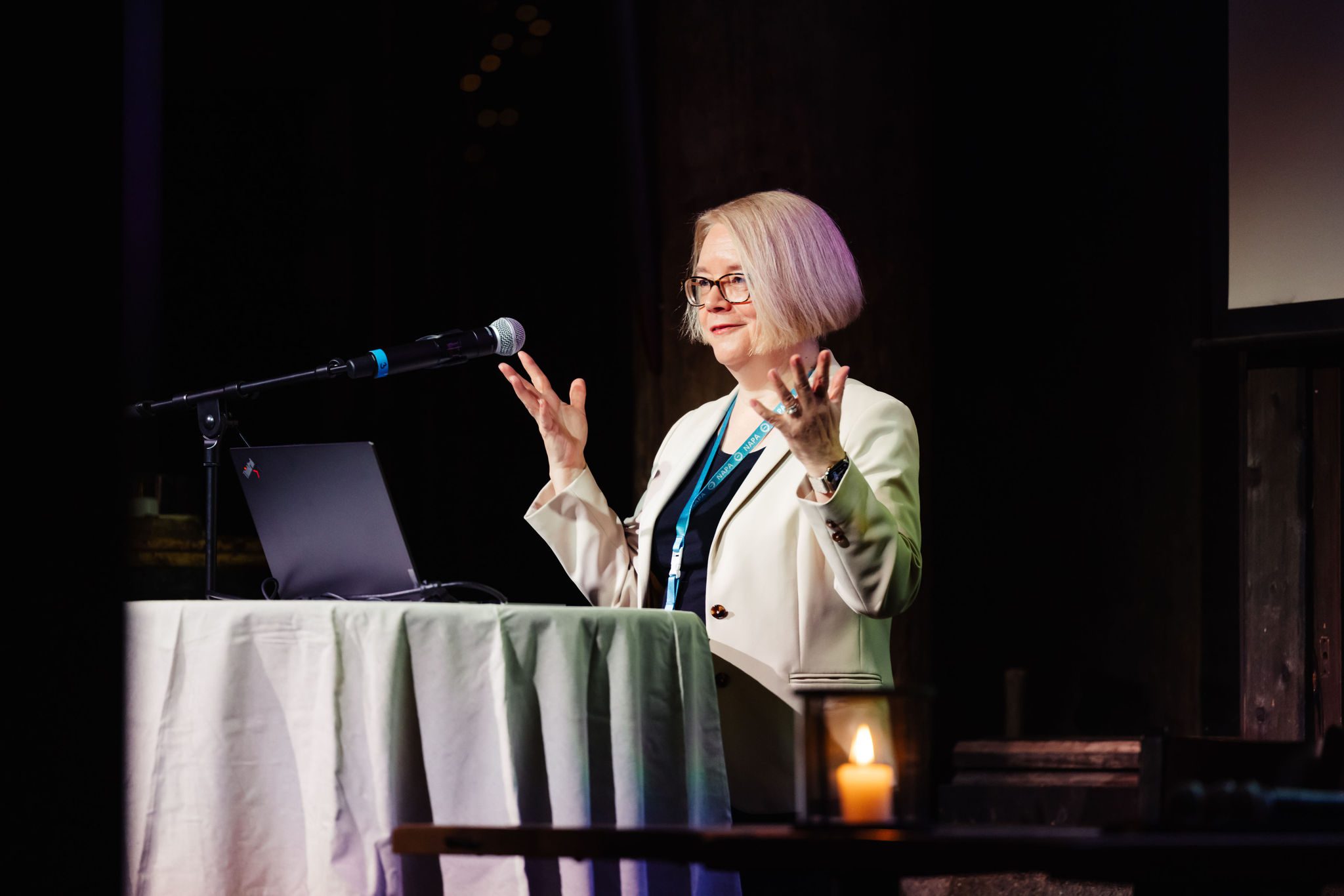
Ms Minna Kivimäki, Permanent Secretary at the Ministry of Transport and Communications, Finland delivering her Opening address at NAPA Safety Summit 2024 © NAPA
Kivimäki emphasized the importance of international collaboration in ship management and especially the role of the UN’s International Maritime Organization, IMO, as the creator of binding international rules governing shipping and as a promoter of safety. Among 175 other member countries, Finland actively participates in the work of the IMO. Cooperation with the Finnish maritime industry cluster, authorities and other stakeholders plays a significant role in ensuring that the IMO’s guidance activities and legislation remain relevant not only internationally and at the EU level, but also from Finland’s perspective.
The industry navigates the sea currents of change
According to Permanent Secretary Minna Kivimäki, the reduction of ships’ carbon dioxide emissions and sustainability goals are a multifaceted entity that requires cooperation not only between the companies of the maritime cluster and the IMO but also between national political and economic actors, research, the energy sector, and the entire logistics chain. Geopolitical tensions are unfortunately a major factor behind the increase in emissions and risks to maritime safety. In addition, special geographical features, such as the ice conditions in Finland, increase fuel consumption and thereby produce more emissions. Several such points should be taken into account in the regulations. However, equal treatment of geographic areas or such should not lead to a decrease in environmental goals or safety levels.

Dr. Sascha Priström, Head of Marine Technology and Goal-Based Standards, Maritime Safety Division at IMO, delivering his keynote address at NAPA Safety Summit 2024 © NAPA
According to IMO’s Sascha Pristrom, Head of Marine Technology and Goal-Based Standards, Maritime Safety Division, who delivered the second keynote speech at the event, changes in IMO instruments are driven by significantly increased digitization and automation, which have revolutionized the maritime industry, offering opportunities to improve safety, efficiency and environmental sustainability. “Using cutting-edge technologies, such as NAPA’s software and data services, enables informed decision-making. In this way, it is possible to optimize the ships’ performance even better and minimize the risks for the crew and passengers, as well as the marine environment,” Pristrom says.
“However, digitalization has not yet reached all countries, ship operators and ports. Updating and maintaining the knowledge and skills of maritime professionals, as well as increasing the attractiveness, equality, and, of course, the safety of the seafarers, also play an important role. Success requires a multifaceted approach that addresses financial, technical, cultural and regulatory barriers, as well as the risks associated with increased digitalization,” he continues.
On a broad front for a cleaner and safer marine environment
“The NAPA Safety Summit is a good example of how industry players collaborate to find solutions to various challenges in the maritime industry and to find and seize the opportunities that open up. I think the most important thing here is that solutions are built together, in an open and confidential environment, utilizing different perspectives,” says Minna Kivimäki.
Sascha Pristrom also emphasizes the importance of collaboration: “The well-represented cruise industry at the event sets a standard that the entire maritime industry should follow. We always need a party that takes the lead, and others can follow. Together, we create operating methods, practices, and tools that the IMO, as a global regulator, can put together. The NAPA Safety Summit offered a great opportunity to get together and exchange ideas to improve the safety of ships and shipping,” summarizes Pristrom.
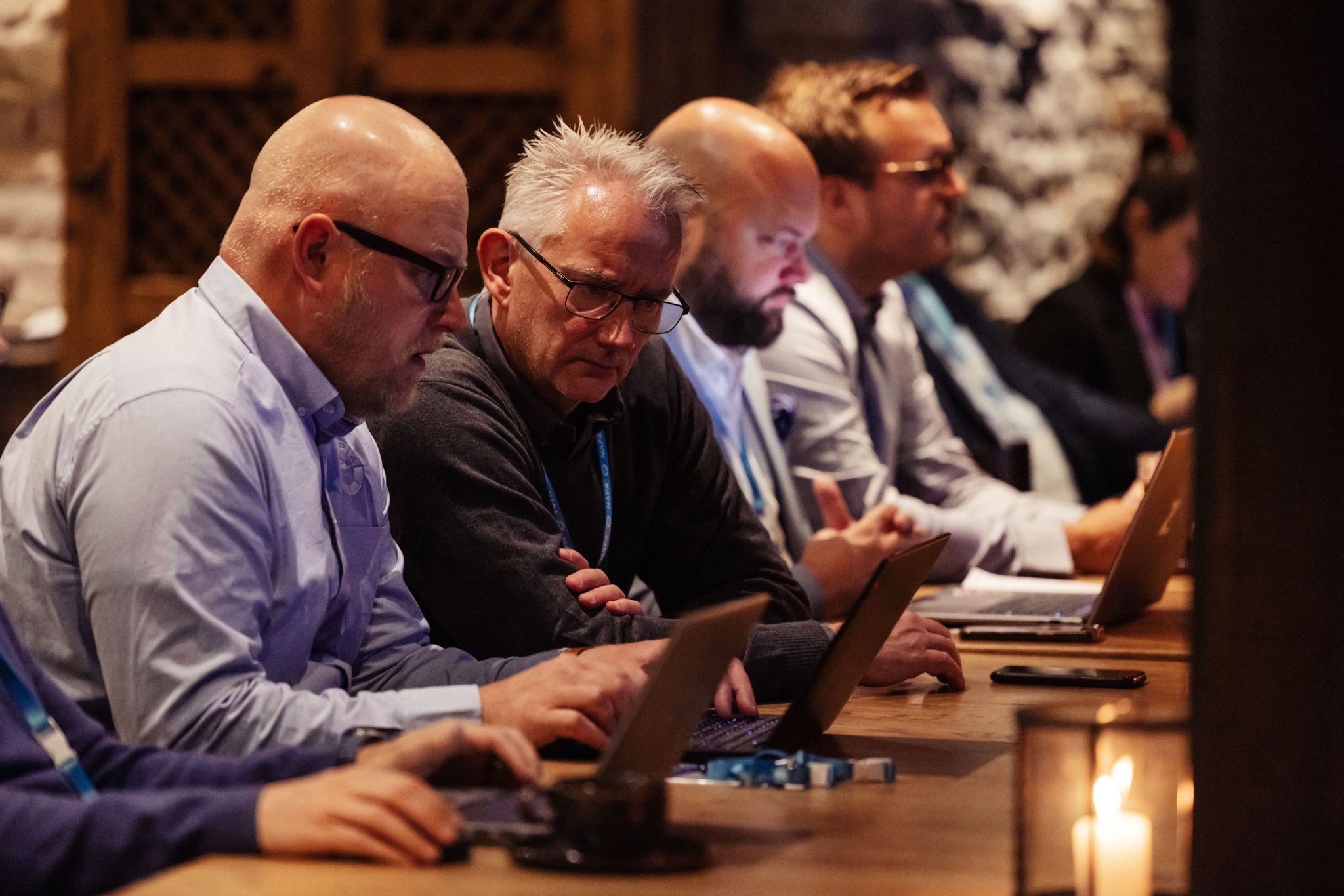
NAPA Safety Summit 2024 © NAPA
About NAPA Safety Summit
The NAPA Safety Summit is a unique event aimed at fostering collaboration among a diverse group of maritime experts and finding practical solutions to various operational challenges in the maritime industry. This forum serves as a safe platform for exchanging experiences, innovative ideas, and knowledge. Diverse industry leaders and experts come together to co-steer the course for enhanced ship safety, efficiency, and sustainability. The 2024 summit, themed “Navigating New Tides of Ship Safety, Efficiency, and Sustainability Together,” brought together a variety of participants as well, including ship operators, shipbuilders, representatives from the International Maritime Organization (IMO), Class Societies, and the Finnish Ministry of Transportation and Communication. The event consisted of expert-led sessions, workshops, and success stories shared by shipping companies, providing a realistic perspective on maritime issues. The event also featured exclusive previews of cutting-edge technologies in ship safety and operational efficiency, as well as in-depth discussions on current and future maritime trends.
Press Contact:
Chandralekha Mukerji
Communications Lead
T: +358 408273014
E: chandralekha.mukerji@napa.fi
